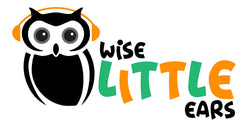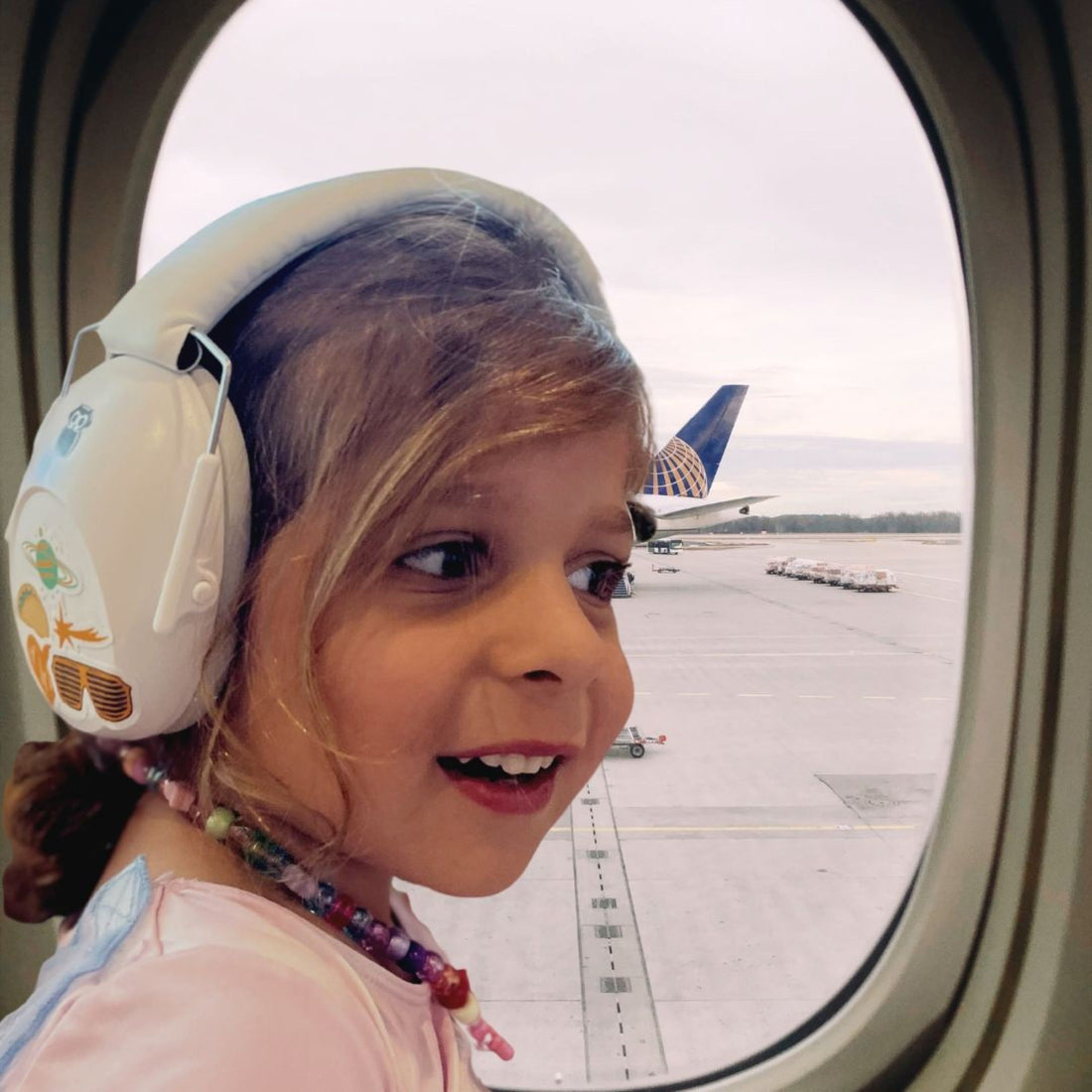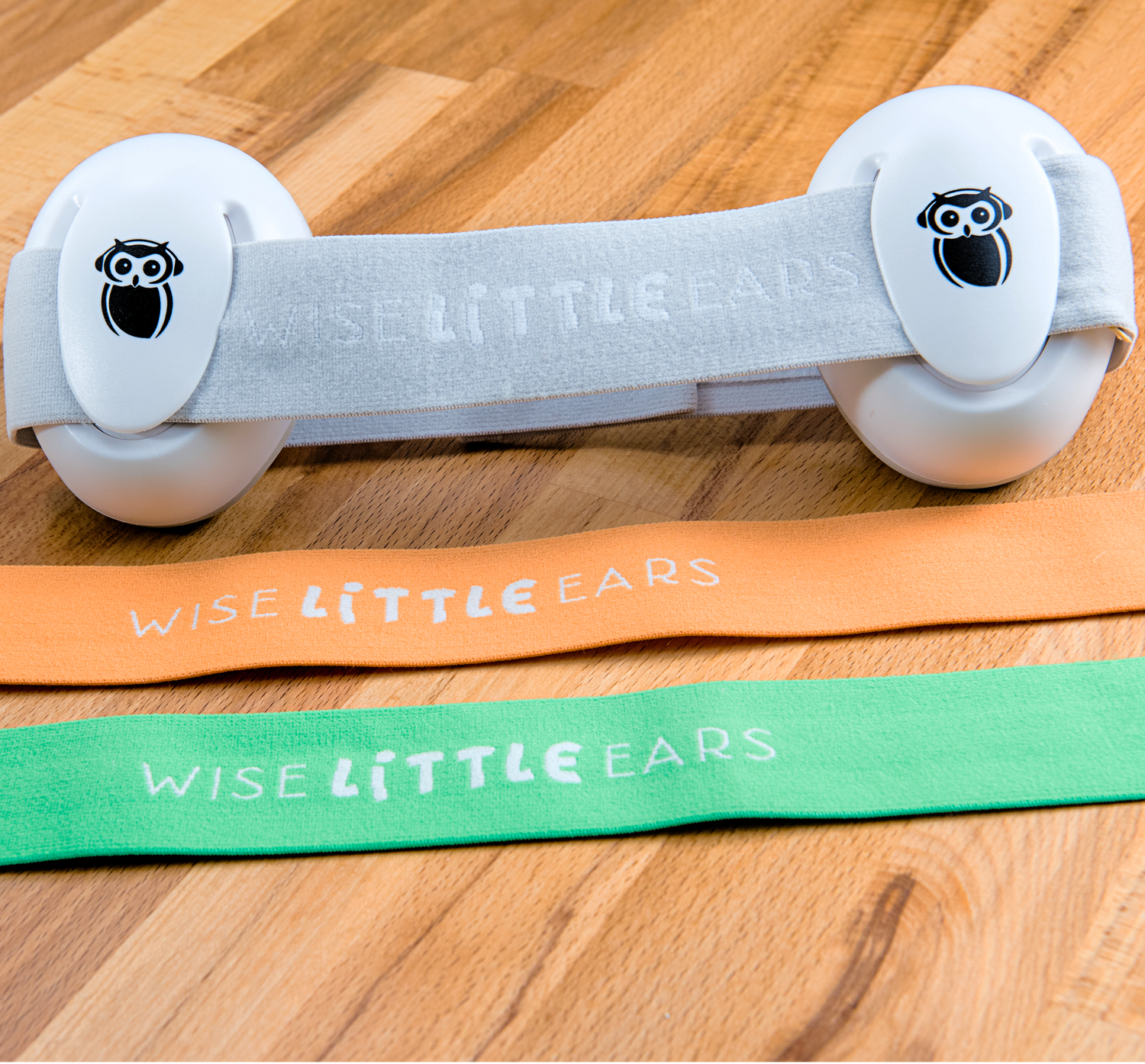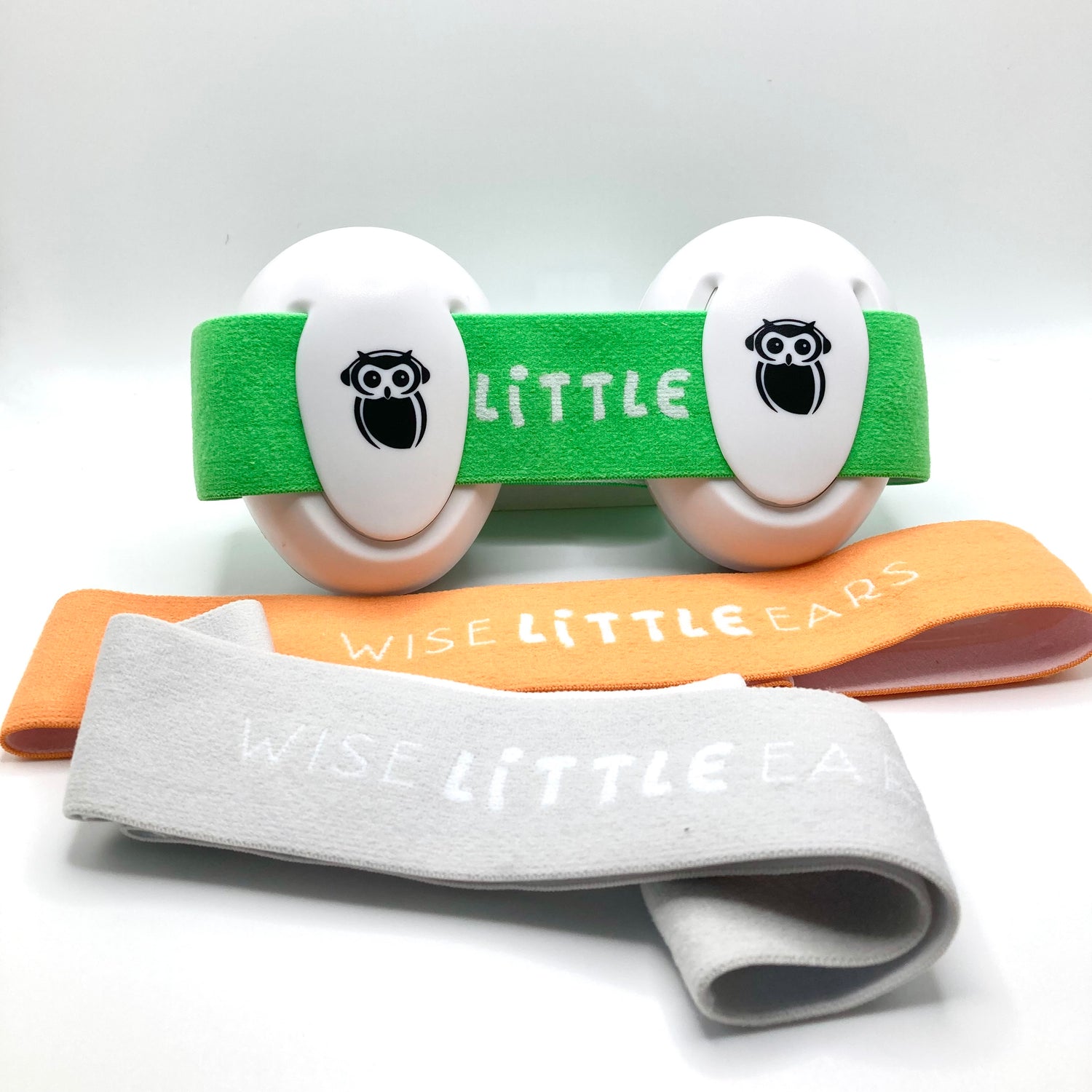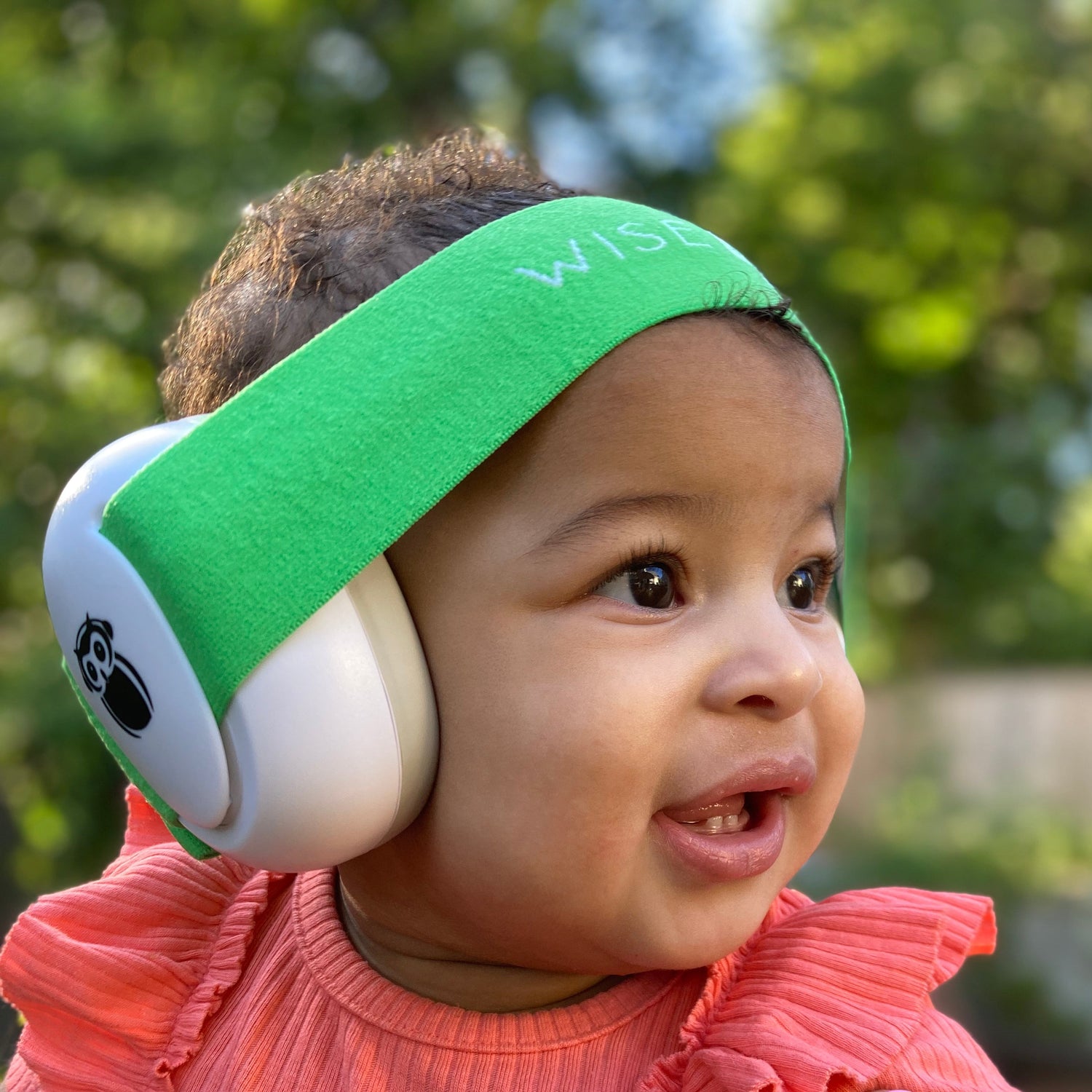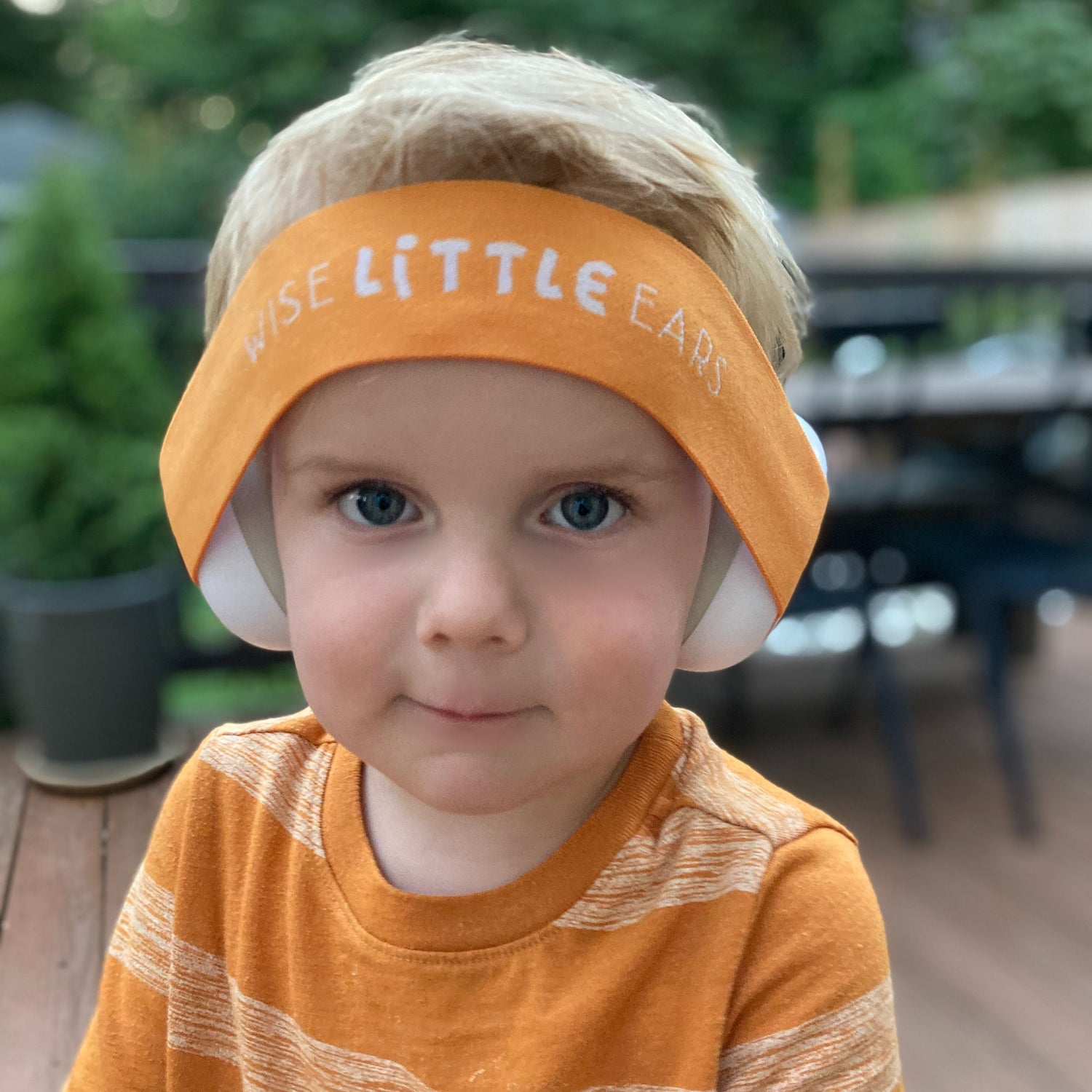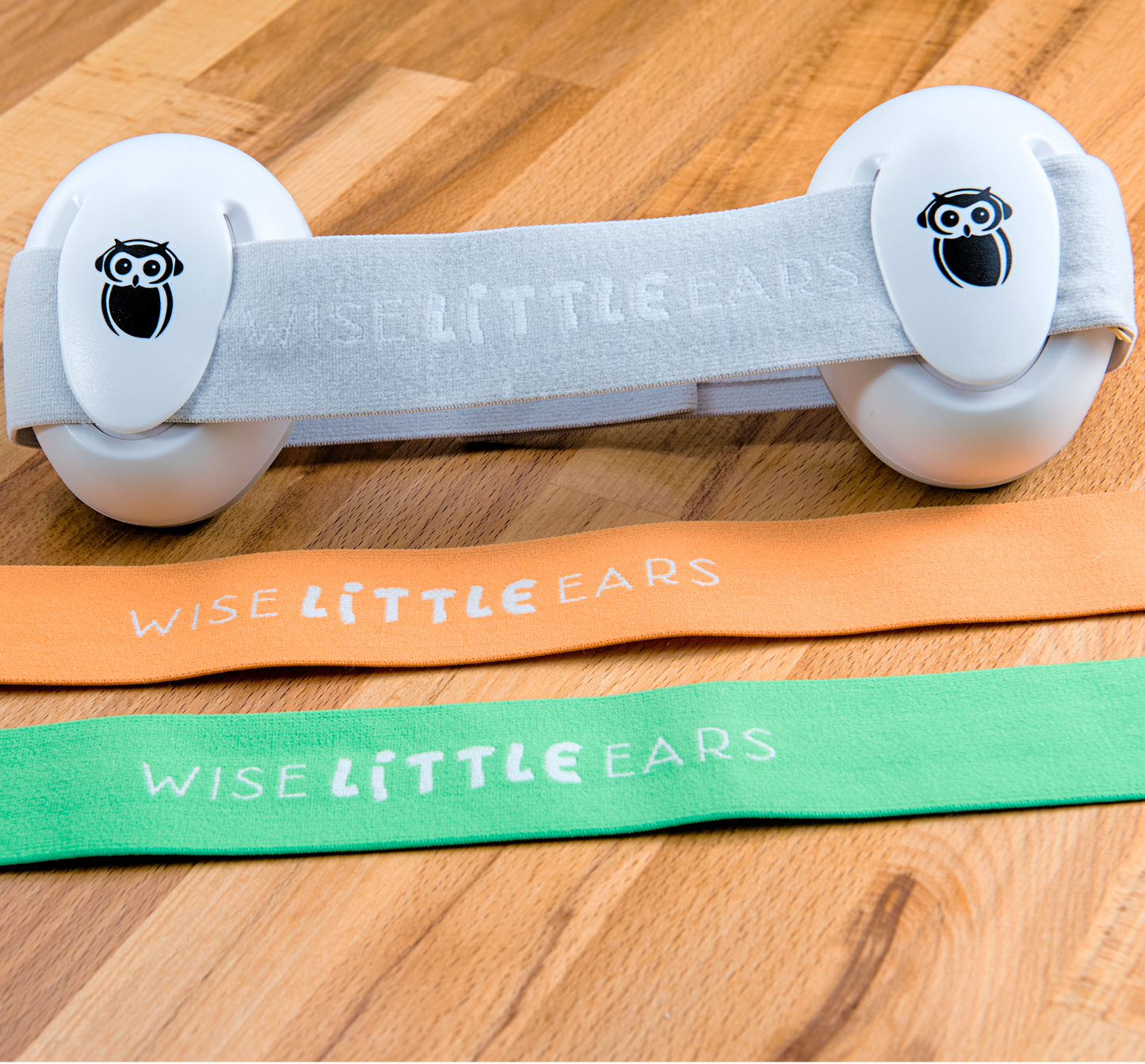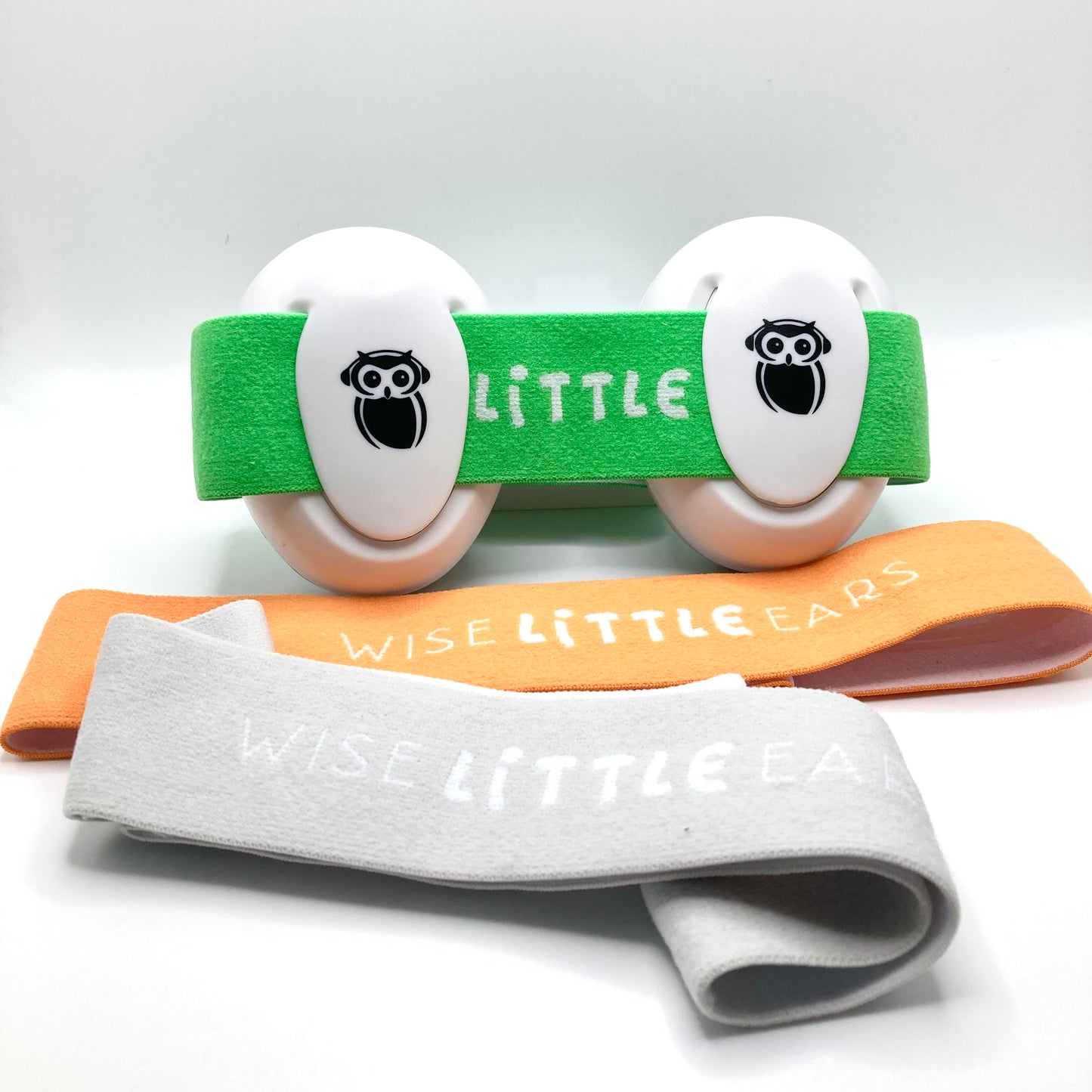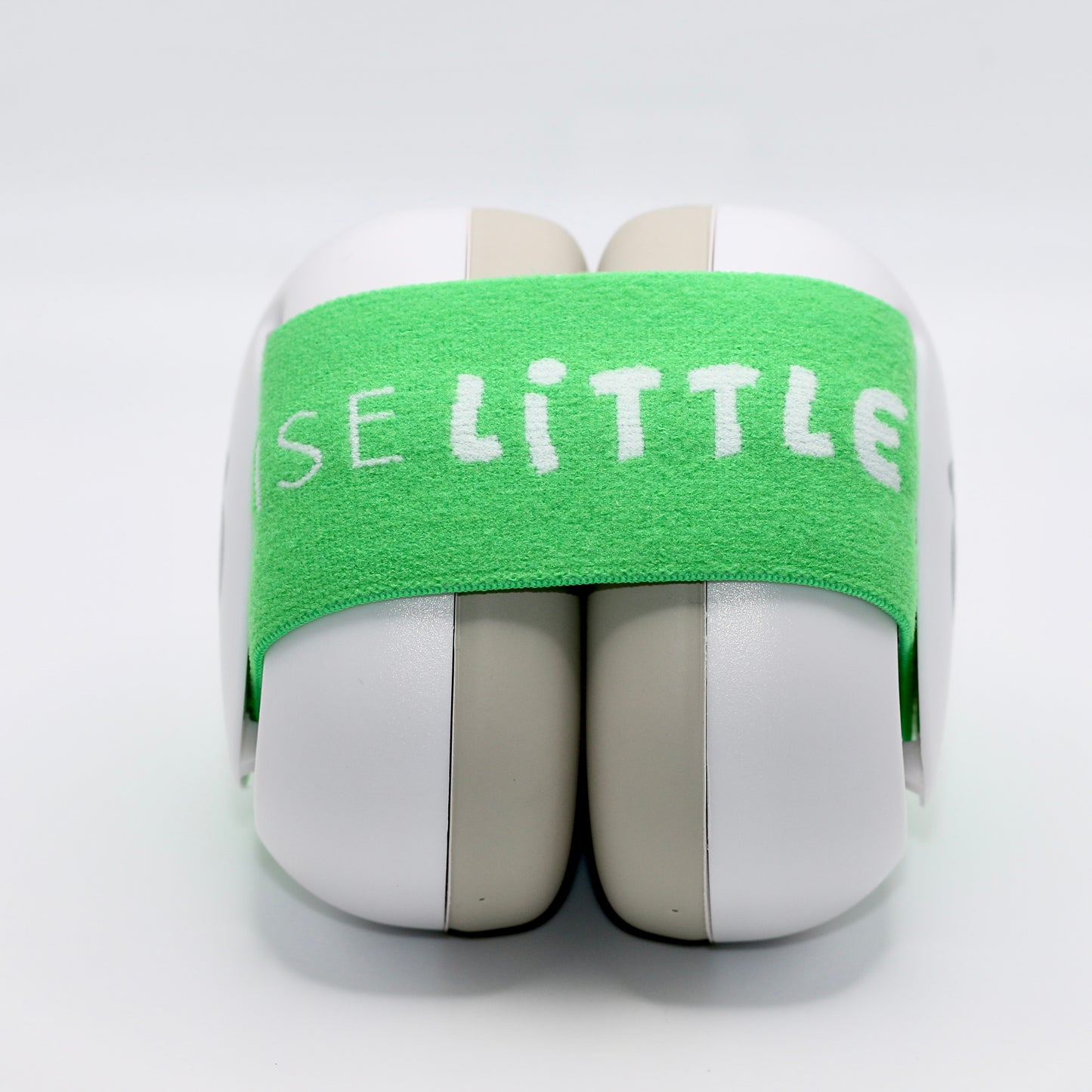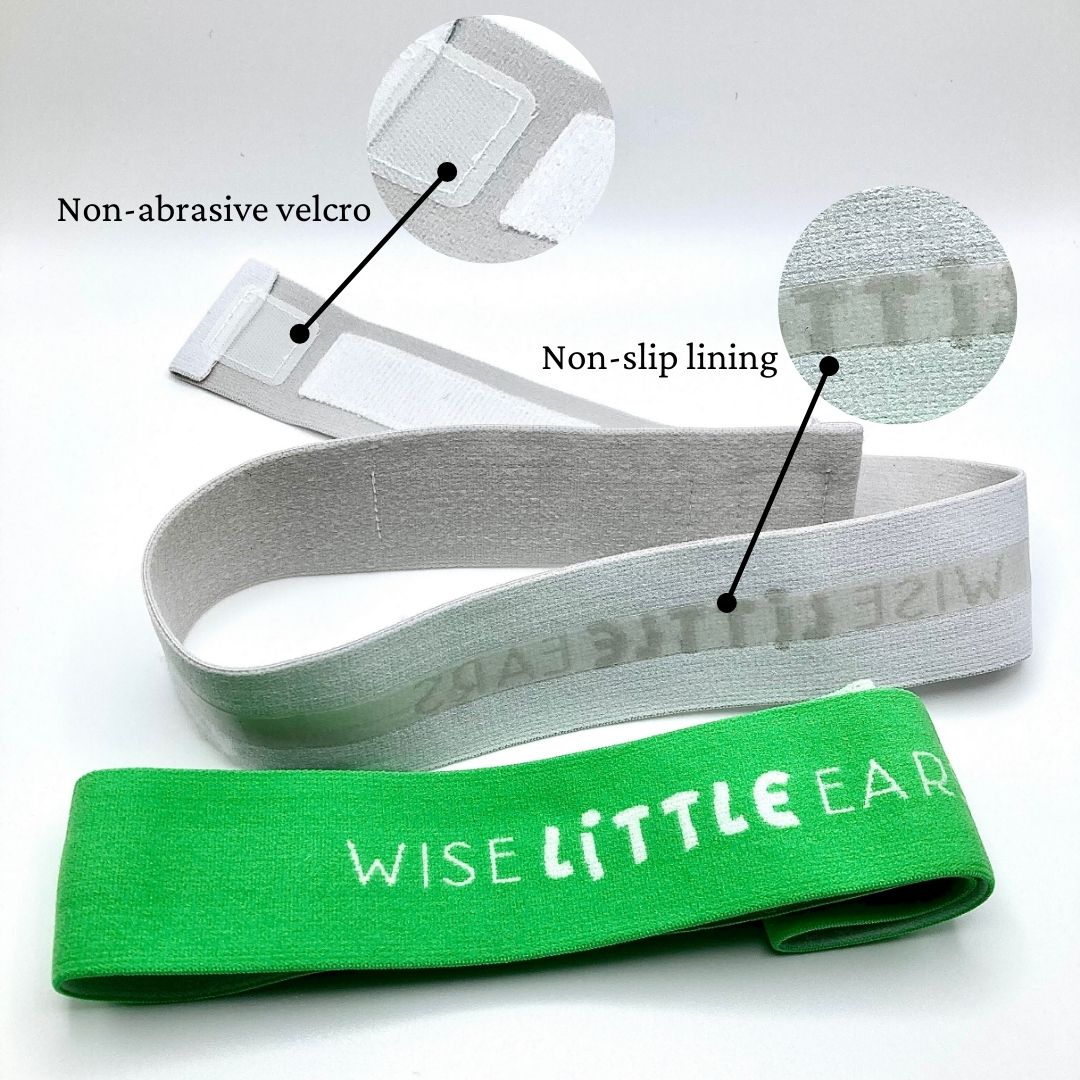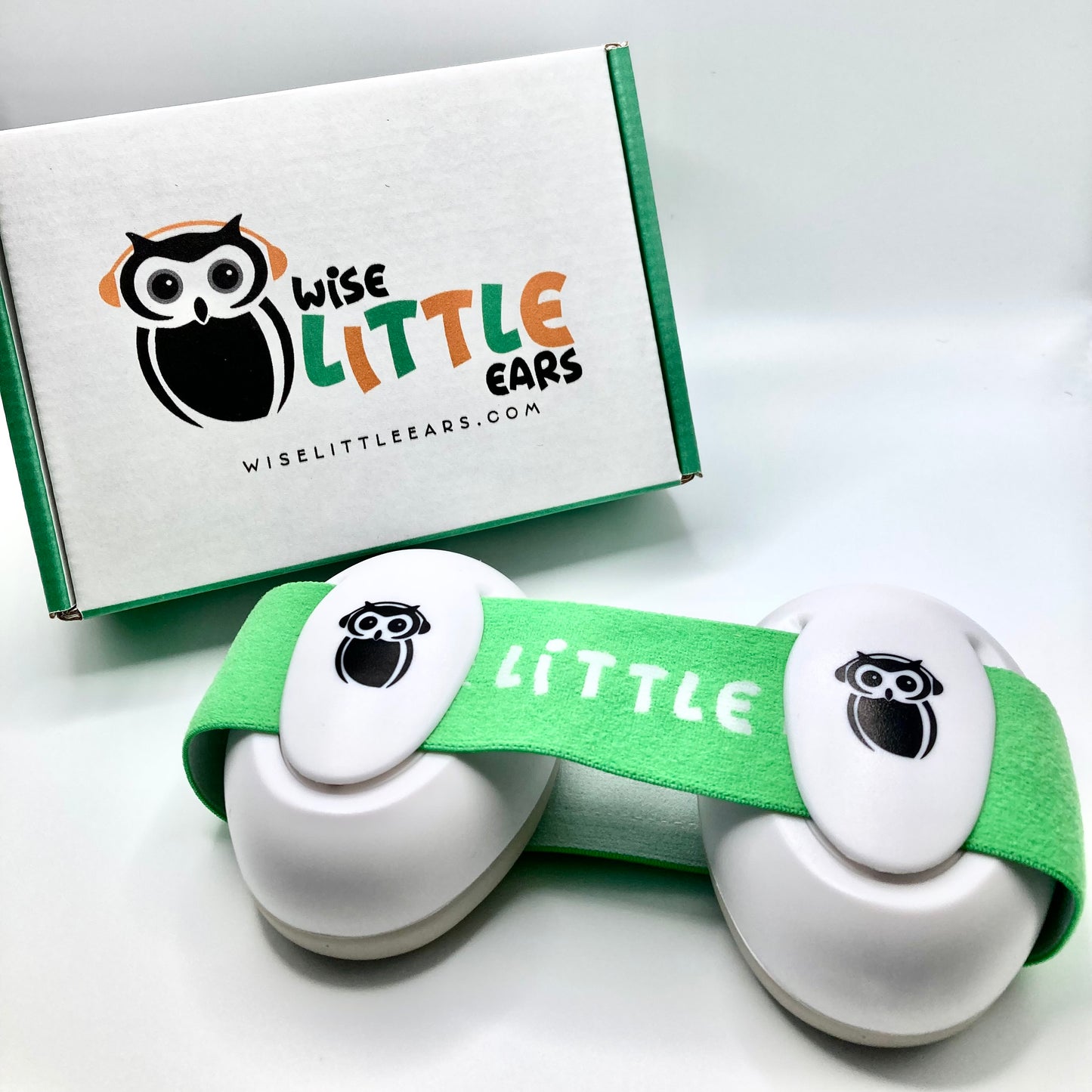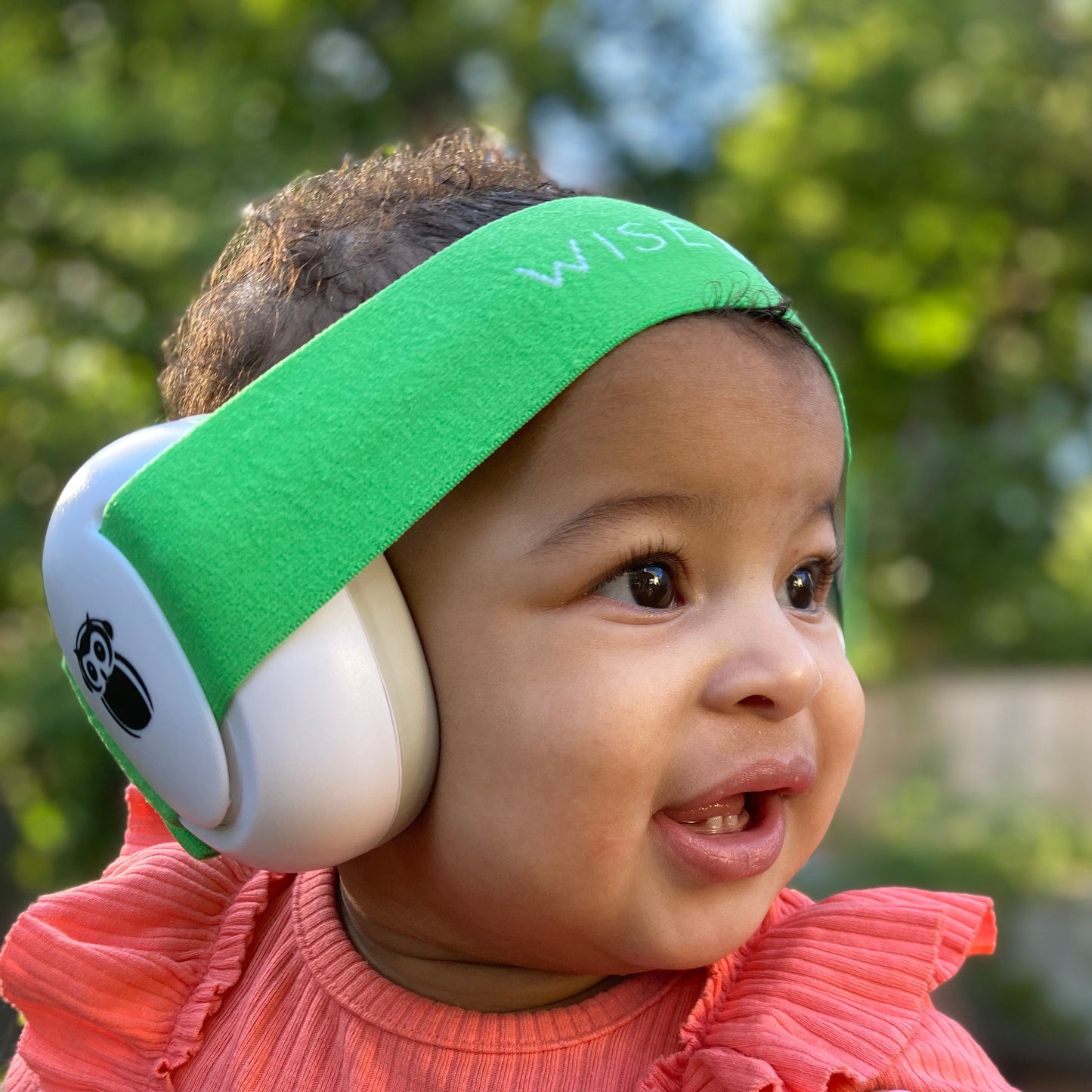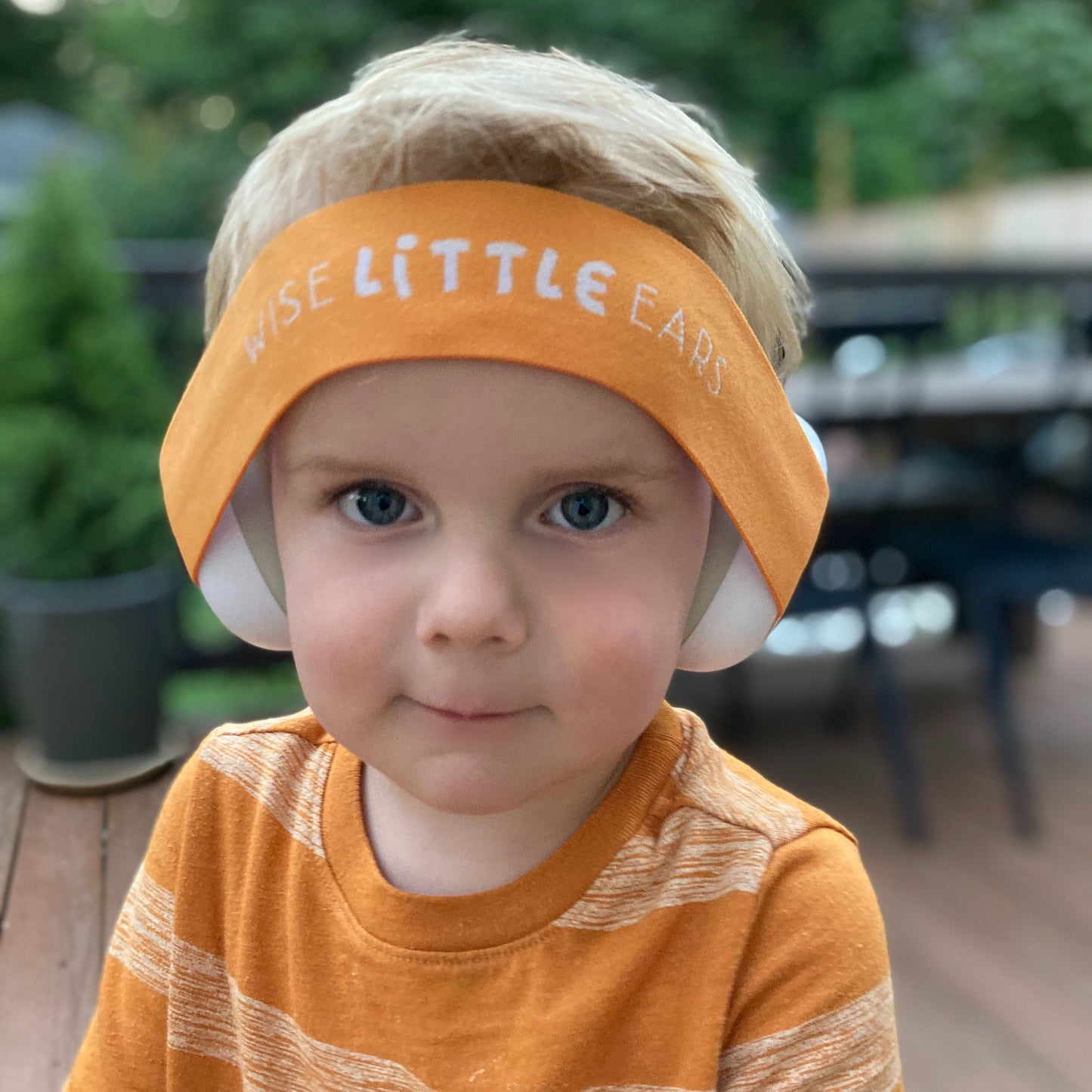Flying with kids. Many have done it. Many dread it. And many more will take the harrowing journey with all the anxious feelings and “what-ifs” that go with babies and toddlers on airplanes. The internet is filled with creative ideas to keep babies and toddlers busy and entertained during air travel, which is all good and well, but if you child is uncomfortable, frightened or dysregulated by the unfamiliar cabin environment, no amount of Play-Doh or Cheerio necklaces will prevent the dreaded in-flight meltdown.
First, some comforting truths: The plane will land, your children will still love you, and the other passengers will eventually relax their judgey faces. Now that you feel calm, let’s talk about the not-so-comforting truths: Airplanes can be scary and confining for babies and especially for mobile toddlers. They are way too loud and full of unfamiliar sounds. The takeoff and landing alone are enough to cause noise-induced hearing damage*, especially for little ears, which experience sounds louder than adults. The unpredictable intercom messages from the flight crew are disruptive to sleep, feeding and play. Combine that with extended periods of time that a toddler is expected to be tethered to a huge, unfamiliar seat, and you are likely to end up with some big feelings at a time when your ability to provide comfort is limited.
So how can you create a peaceful and comforting airplane environment for your baby or toddler when so much is out of your control? By focus on the things you can control: The location of your seat and strategies to reduce unwanted noise.
Seat Choice
When it comes to picking the best seat on the plane, it’s location, location, location! For most commercial airplanes, the seats closest to the front of the plane are the quietest. And although it’s not always possible to get a front row seat, anything in front of the wing is preferable to seating behind the wing. The loudest row is just behind the wing where the engines are located. Think of it like sitting next to the speaker at a concert. This noise is problematic for children of all ages for two reasons.
1) The intensity and the duration of the noise is not comfortable or hearing-safe for the duration of a flight.
2) If you plan to give your child a tablet packed with Paw Patrol episodes and volume-safe, children’s headphones (no judgement, that’s a solid travel plan!), this is NOT the row to pick. It will be very difficult for your child to safely hear their headphones over the noise from the engines, and the answer is not to increase the volume level on their headphones or to give them adult headphones. Children (or adults if we are being honest) should never listen to headphones over 85 decibels. And even at 85 decibels, listening time should be limited.
The last two rows of an airplane are especially busy and noisy because of the bathrooms and because it’s typically where the cabin crew preps the food and drink carts. While this might be good entertainment for some babies, the ever-present distractions can make naps and feeding a challenge.
Windows vs. Aisles
In terms of the noise happening outside of the airplane, window seats are the noisiest and aisle seats are the quietest, although the difference is not as significant as it is between the front and the back of the plane. Because the noise difference is negligible, when deciding whether to put your child in a window or aisle seat, consider the pros and the cons. The proximity of foot traffic and the drink cart can be scary, especially if your child is in a stranger-danger phase. As adults, we accept the personal space sacrifice that comes with air travel, but kids have not made that same agreement, so having strangers much closer than normal can make children feel very venerable. And how does a 2-year-old handle vulnerability? Exactly. You also may not want your escape artist 18-month-old in an aisle seat, although a sleepy 3-month-old may perfectly fine.
Two Tips to Reduce Noise in Any Seat
Not everyone is lucky enough to secure seating at the front of the plane, especially during peak travel season. Even with an ideal seat, there are times and circumstances (takeoff and landing in particular) when the noise is too much regardless of where you are seated.
Tip 1
Our number one tip for parents traveling with babies and children is to bring age-specific noise protection earmuffs or bands and to have them ready and available for the duration of the flight. For kids who are sensitive to noise, this truly can be the difference between an easy flight and a disaster. Some kids love them so much that they won’t take them off, while others may be unwilling to wear them for more than a few minutes. But a few minutes is great and can be the difference between safe hearing and the start of noise-induced hearing loss. Noise-induced hearing loss is caused by both the intensity AND the duration of the noise exposure, so if you can get your child to wear hearing protection intermittently during the flight, that goes a long way in protecting their hearing. For tips to get your child to willingly wear hearing protection, read Help! My Child Won’t Wear Hearing Protection. 4 Strategies to End Earmuff Battles.
If you are wondering if the noise level is safe or not, consider how it feels to you. When you notice the sound is loud in your own ears, it will feel even louder to your child. You may also use a decibel app to monitor the noise level in the airplane cabin. But keep in mind that the risk of hearing loss isn’t the only reason to protect your child’s ears. The discomfort that comes from intense, unexpected, or unwanted sound causes distress that raises cortisol levels and speeds up the cardiovascular system.
Tip 2
Move about the cabin. If you are seated behind the wing, that doesn’t mean you have to stay there the entire flight. If the fight isn’t full, ask to be moved to a seat closer to the front. Use noise sensitivity as a justification. Take your child for short walks up and down the aisle and chose the bathroom in the front of the plane for diaper changes and potty breaks. The flush of an airplane toilet can be as loud as the takeoff and landing. Have a plan so that your child isn’t exposed to the intense sound of the flush. The easiest, hands-free way is to encourage them to wear their noise protection into the bathroom. Or if they are old enough, they can stand outside the door while you flush. And the last resort, which works in public restrooms as well, have your child stand away from the toilet and cover their ears firmly while you flush. Anything you can do to reduce sound exposure during air travel is a win.
If airplane travel is in your family’s future, take a deep breath and know that it’s going to be OK. Pack hearing protection for your children and control what you can control. Many of us have been there and we understand. One more time for the people in the back, WE UNDERSTAND! It wouldn’t be air travel without turbulence along the way.
Happy flying!
Lara and Mabel
